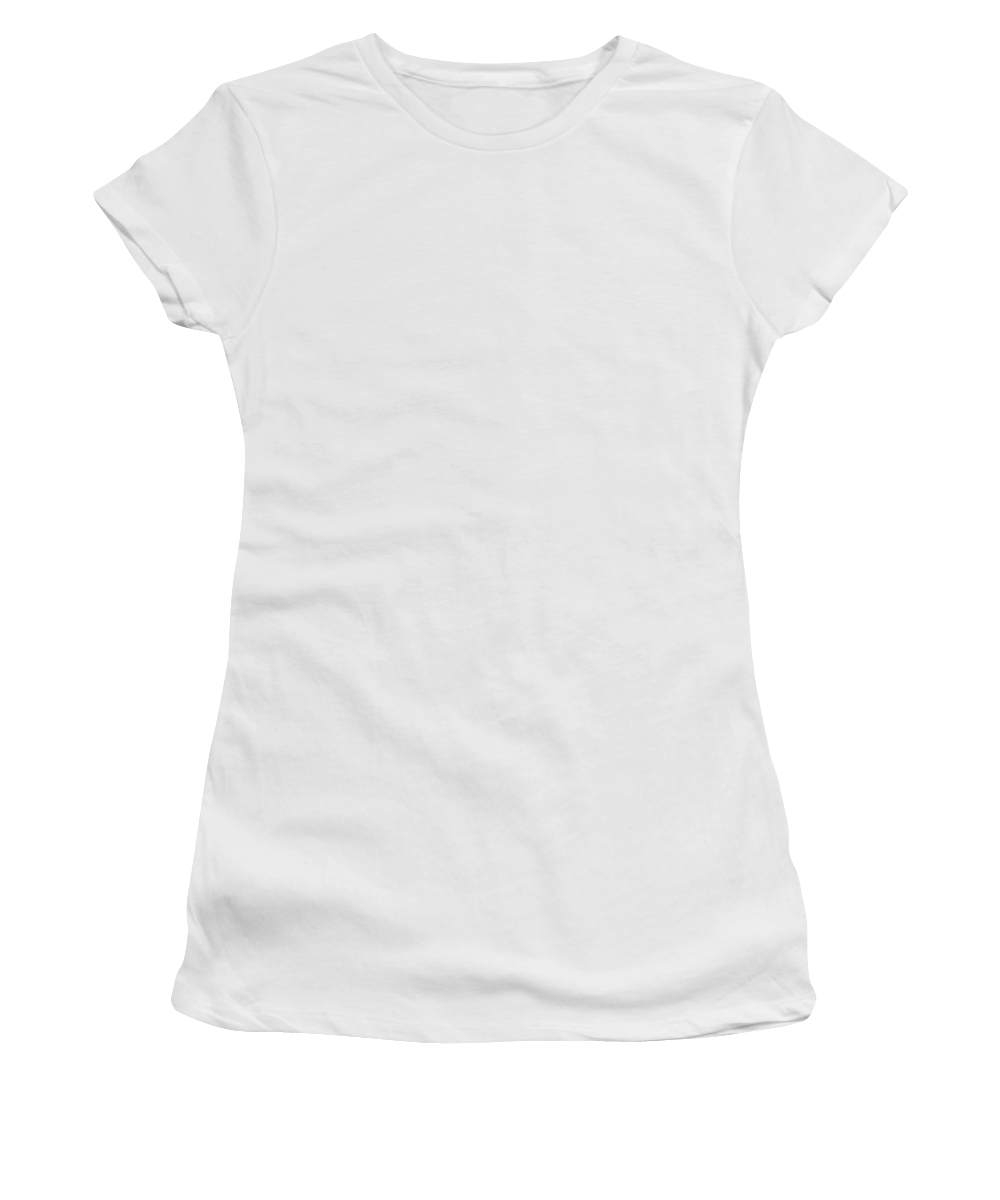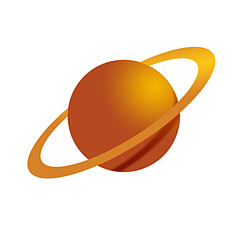Use code RJTJFG for 20% off at checkout. Until 5/31/20




The watermark at the lower right corner of the image will not appear on the final product.

by Science Source
$38.00
Design Location
Color

Image Size
Product Details
Our Bella / Canvas t-shirts are made from a 50% cotton / 50% polyester blend and are available in five different sizes. They're stylish, soft, and incredibly comfortable. Machine wash with cold water, and tumble dry on low heat.
Design Details
In 1860 Robert Bunsen (1811-1899) and Gustav Kirchhoff (1824-1887) discovered two alkali metals, cesium and rubidium, with the aid of the... more
Ships Within
1 - 2 business days

Photograph

Canvas Print

Framed Print

Art Print

Poster

Metal Print

Acrylic Print

Wood Print

Greeting Card

iPhone Case

Throw Pillow

Duvet Cover

Shower Curtain

Tote Bag

Round Beach Towel

Zip Pouch

Beach Towel

Weekender Tote Bag

Portable Battery Charger

Bath Towel

Apparel

Coffee Mug

Yoga Mat

Spiral Notebook

Fleece Blanket

Tapestry

Jigsaw Puzzle

Sticker
In 1860 Robert Bunsen (1811-1899) and Gustav Kirchhoff (1824-1887) discovered two alkali metals, cesium and rubidium, with the aid of the spectroscope they had invented the year before. Bunsen and Kirchhoff met and became friends in 1851, when Bunsen spent a year at the University of Breslau, where Kirchhoff was teaching. In 1855 Robert Bunsen had created the Bunsen burner for use in flame tests of various metals and salts its non-luminous flame did not interfere with the colored flame given off by the test material. This line of work led to the spectroscope. It was Kirchhoff who suggested that similarly colored flames could possibly be differentiated by looking at their emission spectra through a prism. When he shone bright light through such flames, the dark lines in the absorption spectrum of the light corresponded in wavelengths, with the wavelengths of the bright, sharp lines characteristic of the emission spectra of the same test materials.
$38.00


There are no comments for Robert Bunsen, German Chemist. Click here to post the first comment.